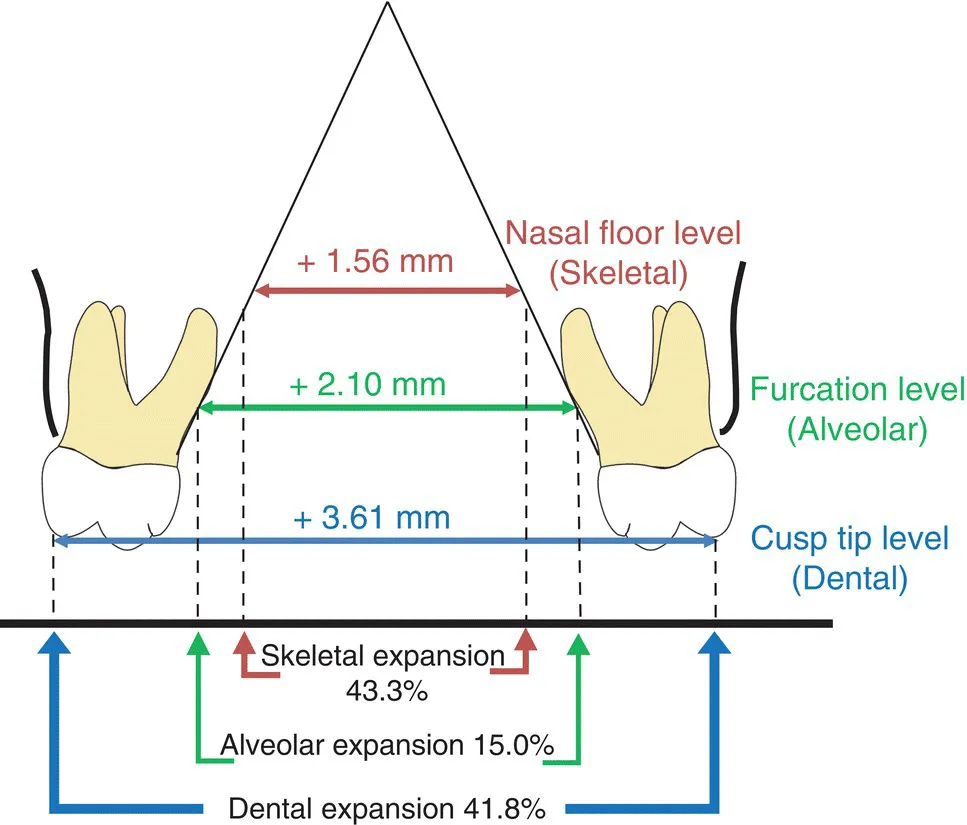
Temporary Anchorage Devices in Clinical Orthodontics
Jae Hyun Park, Jae Hyun Park
- English
- ePUB (mobile friendly)
- Available on iOS & Android
Temporary Anchorage Devices in Clinical Orthodontics
Jae Hyun Park, Jae Hyun Park
About This Book
Provides the latest information on all aspects of using temporary anchorage devices in clinical orthodontics, from diagnosis and treatment planning to appliances and applications
Written by some of the world's leading experts in orthodontics, Temporary Anchorage Devices in Clinical Orthodontics is a comprehensive, up-to-date reference that covers all aspects of temporary anchorage device (TAD) use in contemporary orthodontics. Taking a real-world approach to the subject, it covers topics ranging from diagnosis and treatment planning to the many applications and management of complications. Case studies demonstrate the concepts, and high-quality clinical photographs support the text throughout.
The book begins with an overview of clinical applications and fundamental principles of TADs. It then goes on to cover biomechanical considerations for controlling target tooth movement with TADs. Biomechanical simulations for various clinical scenarios treated with TADs are addressed next, followed by an examination of histological aspects during the healing process and anatomical considerations with TADs. Other chapters cover: Class II Correction with TADs, Distalization with TADs, TAD-anchored Maxillary Protraction, Maxillary Expansion with TADs, Anterior Open Bite Correction with TADs, TAD-assisted Aligner Therapy, TADs vs. Orthognathic Surgery; Legal Considerations When Using TADs; and much more.
- Provides evidence-based information on the use of TADs, with a focus on improving outcomes for patients
- Considers topics ranging from diagnosis and treatment planning to specific clinical applications and appliances
- Takes a real-world clinical approach, with case studies demonstrating concepts
- Written by international experts in the field
- Presents hundreds of high-quality clinical photographs to support the text
Temporary Anchorage Devices in Clinical Orthodontics is an essential resource for orthodontists and orthodontic residents.
Frequently asked questions
Information
Section III
Clinical Applications of TADs
33
Three‐dimensional Application of Orthodontic Miniscrews and Their Long‐term Stability
33.1 Transverse Control – Maxillary Expansion


